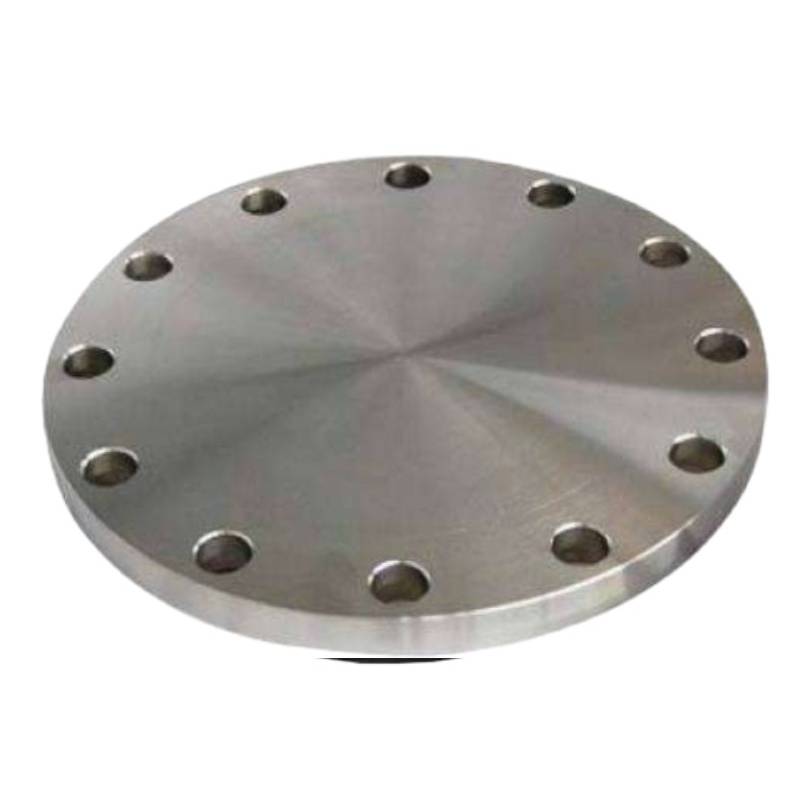-
Cangzhou Yulong Steel Co., Ltd.
-
Phone:
+86 13303177267 -
Email:
admin@ylsteelfittings.com
- English
- Arabic
- Italian
- Spanish
- Portuguese
- German
- kazakh
- Persian
- Greek
- French
- Russian
- Polish
- Thai
- Indonesian
- Vietnamese
- Zulu
- Korean
- Uzbek
- Hindi
- Serbian
- Malay
- Ukrainian
- Gujarati
- Haitian Creole
- hausa
- hawaiian
- Hebrew
- Miao
- Hungarian
- Icelandic
- igbo
- irish
- Japanese
- Javanese
- Kannada
- Khmer
- Rwandese
- Afrikaans
- Albanian
- Amharic
- Armenian
- Azerbaijani
- Basque
- Belarusian
- Bengali
- Bosnian
- Bulgarian
- Catalan
- Cebuano
- China
- China (Taiwan)
- Corsican
- Croatian
- Czech
- Danish
- Esperanto
- Estonian
- Finnish
- Frisian
- Galician
- Georgian
- Kurdish
- Kyrgyz
- Lao
- Latin
- Latvian
- Lithuanian
- Luxembourgish
- Macedonian
- Malgashi
- Malayalam
- Maltese
- Maori
- Marathi
- Mongolian
- Myanmar
- Nepali
- Norwegian
- Norwegian
- Occitan
- Pashto
- Dutch
- Punjabi
- Romanian
- Samoan
- Scottish Gaelic
- Sesotho
- Shona
- Sindhi
- Sinhala
- Slovak
- Slovenian
- Somali
- Sundanese
- Swahili
- Swedish
- Tagalog
- Tajik
- Tamil
- Tatar
- Telugu
- Turkish
- Turkmen
- Urdu
- Uighur
- Welsh
- Bantu
- Yiddish
- Yoruba

નવેમ્બર . 06, 2024 18:29 Back to list
Understanding Class 150 Slip-On Flanges and Their Applications in Piping Systems
Understanding Slip-On Flanges Class 150 A Comprehensive Guide
Slip-on flanges are a vital component in piping systems, widely used across various industries for their versatility and ease of installation. Among the different classes of slip-on flanges, Class 150 is one of the most common classifications. This article delves into the characteristics, applications, advantages, and considerations related to Class 150 slip-on flanges.
What are Slip-On Flanges?
Slip-on flanges are designed to slide over the pipe end, allowing for easy alignment before welding. The flange is then welded both on the inside and the outside to secure it to the pipe. This type of flange is particularly favored when a piping system requires frequent disassembly and reassembly, as they provide a reliable sealing mechanism while being straightforward to install.
Specification and Design
Class 150 slip-on flanges are specified by their pressure-temperature ratings, which are defined by standards such as the American Society of Mechanical Engineers (ASME) B16.5. Class 150 refers to a maximum pressure rating of 150 psi at a temperature of 100°F. As temperature rises, the allowable pressure rating decreases. This means that understanding the operating conditions of a system is crucial for selecting the right flange class.
The design of Class 150 slip-on flanges typically features a raised face, which enhances the sealing surface when mated with a corresponding gasket. The nominal pipe size (NPS) range for Class 150 slip-on flanges usually spans between ½ inch to 24 inches. The bolt hole configuration and dimensions are standardized, which ensures compatibility with commonly used bolts and nuts.
Materials Used
Class 150 slip-on flanges are available in a variety of materials to suit different operating environments. Common materials include carbon steel, stainless steel, and sometimes, even specialty alloys for more demanding applications. The choice of material often depends on factors like corrosion resistance, strength requirements, and temperature conditions.
Applications
slip on flanges class 150

Due to their straightforward installation and reliability, Class 150 slip-on flanges are widely used in various industries, including
1. Oil and Gas They are utilized in pipelines that transport crude oil, natural gas, and refined products. 2. Waterworks These flanges are often used in water treatment and distribution systems, where durability and leakage prevention are critical. 3. Manufacturing In chemical plants and manufacturing facilities, Class 150 slip-on flanges can convey different fluids and accommodate fluctuating pressures. 4. HVAC Systems They also find applications in heating, ventilation, and air conditioning systems where ductwork and piping systems require secure connections.
Advantages
The benefits of using Class 150 slip-on flanges include
- Ease of Installation Their design allows for quick and straightforward installation, saving time during pipe assembly. - Cost-effective Generally, slip-on flanges are less expensive than other types of flanges, such as weld neck flanges. - Grater Flexibility They can accommodate slight misalignments during installation, making them an ideal choice for complicated piping layouts. - Repair and Maintenance If a flange or pipe section is damaged, it can be relatively easy to replace just that part without needing to disturb large sections of the system.
Considerations
While slip-on flanges offer numerous advantages, users must consider certain limitations. Class 150 flanges are not suitable for high-pressure applications, as they can become a point of failure if subjected to pressures exceeding their rated capacity. Additionally, proper welding techniques must be employed to ensure that the flanges are securely attached, preventing leaks and maintaining integrity within the system.
Conclusion
Class 150 slip-on flanges are an essential component of various piping systems due to their practicality, ease of use, and adaptability. By understanding their specifications, materials, and applications, engineers and technicians can make informed decisions to enhance the reliability and efficiency of their installations. Whether in the oil and gas sector, water supply systems, or manufacturing, these flanges play a significant role in maintaining system integrity and performance.
Latest news
-
ANSI 150P SS304 SO FLANGE
NewsFeb.14,2025
-
ASTM A333GR6 STEEL PIPE
NewsJan.20,2025
-
ANSI B16.5 WELDING NECK FLANGE
NewsJan.15,2026
-
ANSI B16.5 SLIP-ON FLANGE
NewsApr.19,2024
-
SABS 1123 FLANGE
NewsJan.15,2025
-
DIN86044 PLATE FLANGE
NewsApr.19,2024
-
DIN2527 BLIND FLANGE
NewsApr.12,2024
-
JIS B2311 Butt-Welding Fittings LR/SR 45°/90° /180°Seamless/Weld
NewsApr.23,2024











